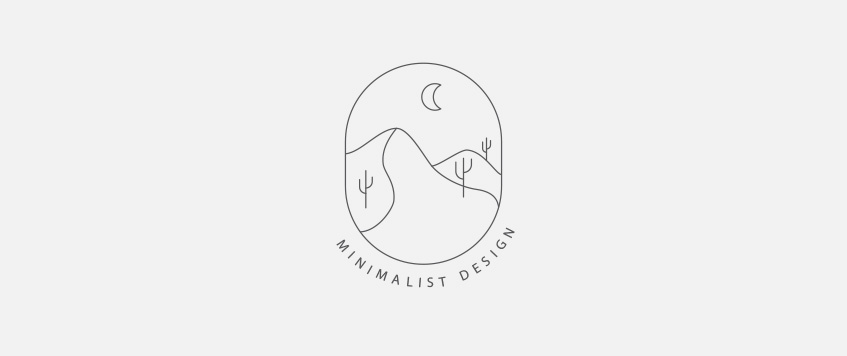Nothing is more off-putting than having to wade through a wall of information to find what you came for. Where there is clutter, even valuable things lose their value. And visitors leave websites that aren’t usable.
Designing for clarity and calmness is a great way to set your company apart. Minimalism lets the content really stand out and shine. How can we use the benefits of functional minimalism and inspire people to stay?
Understanding minimalism
Minimalism is super trendy right now. Its concept is based on the Japanese aesthetic. It is minimalism that makes a Japanese tatami room so serene.
In web design, minimalism is all about creating a seamless user experience. Its application can be in two different ways – aesthetic and functional. One values the art of form – and the other, the art of functionality.
Functional minimalism strips away all unnecessary elements.
Functional minimalism in web design
When users visit a website, they have one question: “What’s in it for me?” If they don’t get that in the first 5 seconds, they’ll leave.
Design is not only about aesthetics – it is communication. And communication is best when it is concise. When it comes to a minimalist web design, there are five focus areas:
1. Emphasis on essential content
You might have come across websites that were crowded with content, and it was difficult to find what you were looking for. Some websites strive to give all the information so people can make an informed decision. But in reality, this hardly works.
All elements that distract users from the main content should be removed. Every detail must serve the purpose. Also, don’t write complex sentences. Long sentences are often why you lose your audience.
2. Extensive use of negative space
Negative space, or “white space,” describes the areas between different elements on a web page. The concept of negative space is based on the Japanese Ma principle. It is the void between all things. Ma creates peace of mind.
When used correctly, negative space helps draw attention to important information and improve the overall user experience. You can make particular content more noticeable.
It is the silence between the notes that makes the music.
3. Single focal point
Make the viewer focus on the main element of the page. Users don’t have to spend a lot of time extracting essential information from tons of detail.
Arrange your site so visitors naturally gravitate to the most important element. A message should be conveyed without unnecessary noise.
4. Simple navigation for better usability
Don’t give your users too many options once they land on your page. Decide how they will find the shortcut to their goals. Help users complete their tasks as efficiently as possible.
Ask yourself: does this element serve a function, or is it just visual? Rule of thumb: if something is not useful to the majority of visitors, remove it.
However, don’t hide the navigation. It makes the interface cleaner, but using the product becomes harder for visitors. They should get what they want without any fuss, and you’ll get what you want.
And don’t reinvent the wheel. Use elements that people are familiar with.
5. The main content should be placed on the top of a page
Your first impression is everything. Because viewer’s eyes always fixate on the top of the page, this is another area where bad page design can hurt conversions.
It is essential to answer 3 questions within five seconds before users continue their hunt elsewhere:
1. Where am I?
2. What can I do here?
3. And why should I do it?
Be upfront about your intent. A good way to start is with a “wow factor.” But how do you accomplish it?
- Present yourself as the solution to a tricky problem.
- Help your audience reach a goal.
- Anticipate the needs of your customers and proactively answer questions.
- Create a sense of delight in your brand.
The quiet art of functional minimalism
So, how do you create a design that is appealing, loads quickly, and doesn’t raise your bounce rates?
Think through your website’s setup like you’re a new customer. Ensure:
- Simplicity
- Navigability
- Consistency
- Hierarchy
- Accessibility
- User-centricity
And when the site is launched, you can use analytics to see which elements are clicked infrequently. Gather user responses and consider removing some elements to get the best UX. All details should prove their worth.
Are you looking for a web design company in Dubai? Get in touch with us. Let’s have a conversation about how we can help find a way to make users say “wow” to your website or app.

